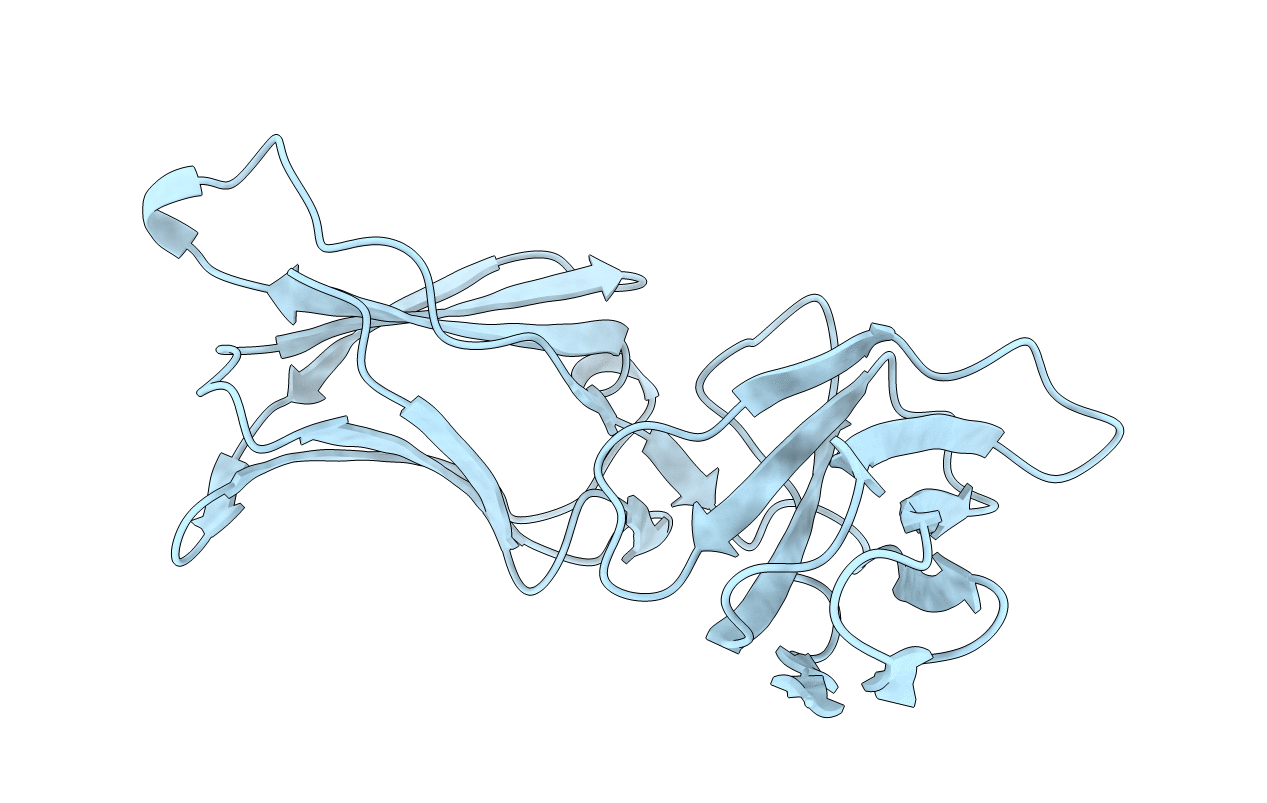
Deposition Date
1998-06-24
Release Date
1998-11-11
Last Version Date
2024-10-30
Entry Detail
PDB ID:
1NKR
Keywords:
Title:
INHIBITORY RECEPTOR (P58-CL42) FOR HUMAN NATURAL KILLER CELLS
Biological Source:
Source Organism:
Homo sapiens (Taxon ID: 9606)
Host Organism:
Method Details:
Experimental Method:
Resolution:
1.70 Å
R-Value Free:
0.25
R-Value Work:
0.22
R-Value Observed:
0.20
Space Group:
P 61


